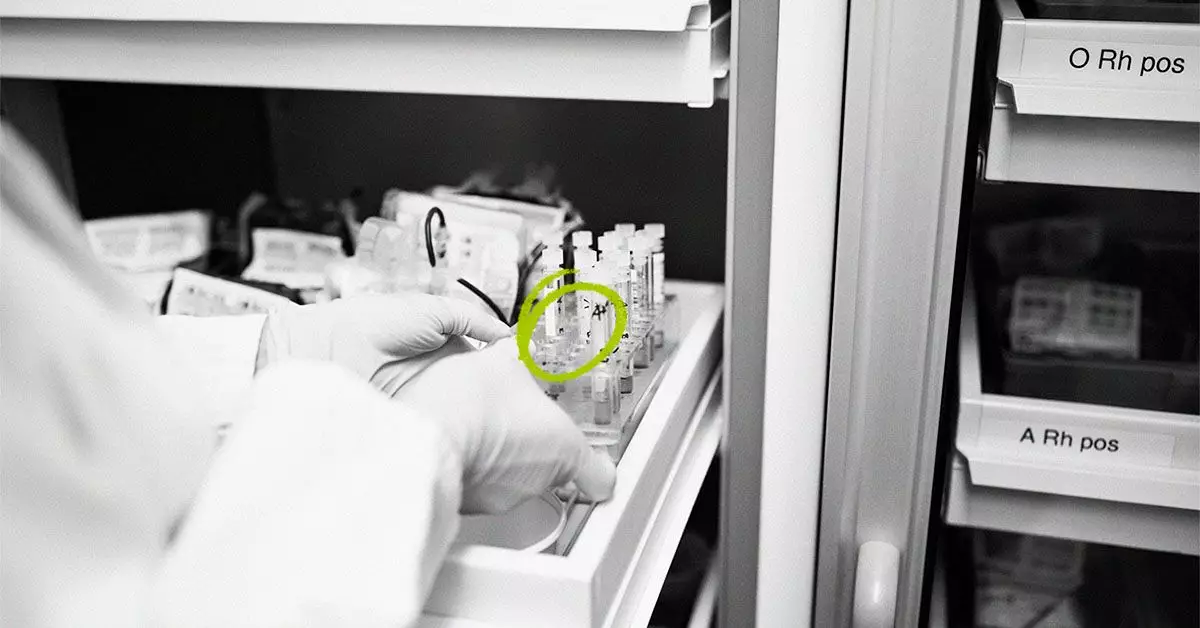Leukemia, a formidable adversary in the realm of cancers, primarily targets the body’s blood and bone marrow. This condition is not a one-size-fits-all diagnosis; rather, it encompasses a diverse range of subtypes, each dramatically influencing patient outcomes. The key categories—Acute Lymphoblastic Leukemia (ALL), Chronic Lymphocytic Leukemia (CLL), Acute Myeloid Leukemia (AML), and Chronic Myeloid Leukemia (CML)—differ both in their cellular characteristics and the demographics they affect. Statistically speaking, ALL is most prevalent in children under five, yet it resurfaces with notable frequency in adults over 50, suggesting a breadth of vulnerability across age groups.
Survival rates vary significantly across these types, underscoring the importance of precise diagnosis and tailored treatment. The National Cancer Institute (NCI) reported a concerning 5-year relative survival rate for ALL hovering just above 72%, clearly indicating that while progress has been made, there is still a long road ahead for many patients.
Chronic versus Acute: The Diverging Paths of Prognosis
When we delve deeper, the stark contrasts between acute and chronic leukemia become apparent. Acute variants, like ALL and AML, can escalate with alarming swiftness, often leading to severe complications if left untreated. For instance, individuals with untreated AML face a median survival window of only 17 weeks, casting a shadow over their therapeutic options. In contrast, chronic varieties—specifically CLL and CML—tend to adhere to a more gradual progression, often allowing for a “watch and wait” strategy where immediate intervention is deemed unnecessary.
However, this does not equate to a lack of severity; chronic leukemias can transition into acute phases, complicating the prognosis and necessitating urgent treatment. For example, CML progresses through defined phases: the chronic phase, characterized by elevated white blood cell counts but often few if any symptoms, followed by the accelerated phase that heralds troubling signs such as severe fatigue and unexplained weight loss. Without timely intervention, the blast phase ensues, which mimics acute leukemia both in cell behavior and treatment approach, diminishing the overall outlook for the patient.
Understanding Treatment: A Gateway to Hope
The efficacy of treatments also varies significantly among leukemia types. Reports suggest that as many as 80-90% of ALL patients achieve complete remission post-treatment, providing a semblance of hope in an otherwise daunting diagnosis. However, this is a juggling act, as only 40-50% of these individuals remain in remission long-term, highlighting an ongoing need for vigilance and follow-up.
In stark contrast, individuals diagnosed with CLL often find themselves in a prolonged treatment cycle with no definitive cure in sight. The nature of CLL necessitates a personalized treatment plan that adapts to the individual’s health and treatment history. The expectation to monitor and react rather than immediately engage in aggressive treatment can offer emotional relief for patients, but it also brings about uncertainty about long-term outcomes.
The Importance of Early Detection
While the journey through leukemia can be treacherous, early diagnosis stands as a beacon of hope for improving life expectancy and quality of health. Symptoms may vary, ranging from the more acute manifestations typical of ALL and AML to the subtler indications associated with CLL and CML. General symptoms include fatigue, fever, and unexplained weight loss, but people must remain vigilant. Many conditions mimic these symptoms, and only a thorough medical evaluation can yield an accurate diagnosis.
Compelling evidence underscores that those who act promptly upon noticing these symptoms see markedly improved prognoses compared to those who delay seeking medical advice. As daunting as a leukemia diagnosis may be, understanding the intricacies of this disease and the available treatment options offers a pathway to empowerment.
In a society plagued by misinformation about cancer, embracing knowledge serves not only as a personal shield but also as a collective weapon in the fight against leukemia. By arming ourselves and our loved ones with information, we foster a culture of awareness that can lead to better health outcomes. Reimagining our approach to leukemia—viewing it through the lenses of hope, possibility, and proactive measures—can catalyze a transformative experience, both for patients and their families navigating these uncharted waters.


Leave a Reply